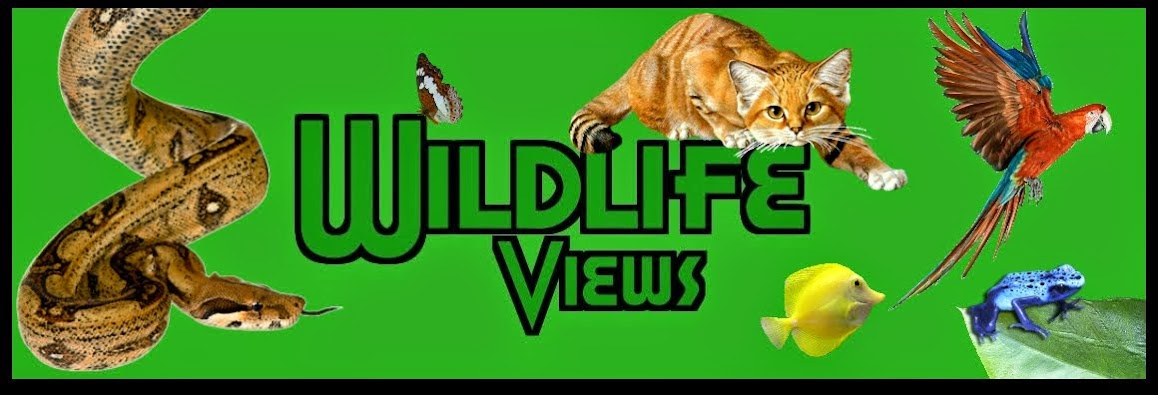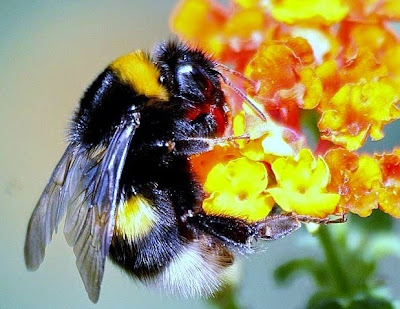About mosquitoes
Mosquitoes belong to the family Culicidae and contrary to popular belief not all species are harmful to us furthermore, it is only the females of most species that are harmful, possessing a proboscis (tube like mouth parts) to pierce the skin and obtain blood. Death never occurs in any host from blood loss but the saliva from the mosquito often causes a irritating rash to develop around the bite. The real problem with receiving a mosquito bite is that they act as carriers or vectors for serious diseases such as dengue which occurs in sub tropical areas and causes severe flu like symptoms and only in severe instances causes death, west Nile virus which most commonly shows no symptoms of the disease but when it does flu like symptoms occur, with less then 1% of cases becoming life threatening and yellow fever which only affects humans and primates causing an initial outbreak of fever, loss of appetite and muscle pain and headaches. This will improve after a few days but occasionally the disease returns with abdominal pains and liver damage causing the skin to become yellow. The person will start to bleed internally causing them to vomit blood with 20% of people who experience this stage loosing their life to the disease, though it is worth considering that in general only 3% of people in general die from this disease.
What the study found
As mentioned previously it is only the females that pose a threat therefore, scientists have tried to find a way to genetically change females into males to render them harmless. This is a difficult process due to insects having a genome in which, it is difficult to identify single genes within the Y chromosome (the chromosome which dictates that a male be formed i.e. if a baby has to XX chromosomes it is a girl but if it is XY it is a boy) however, whilst analyzing male Aedes aegypti DNA a team of scientists from Virginia Tech led by Zach Adelman and Zhijian Tu, found a candidate gene called M factor Nix (M factor = male determining gene) that was expressed (A genetic instruction often a protein which aids in the formation of hormones, enzymes etc) in both adult males and developing embryos. They used a gene editing tool to control how this gene was expressed, allowing them to discover that it was needed to start male development.
Changes to this particular gene caused substantial deformities to male sex organs and when they silenced (stop the gene from being able to perform its function) the gene, the males lost certain features of their genitalia and when the gene was expressed on other areas of the genome (the name for where all the animals genetic material is stored such as DNA) it caused mutant females to have masculine genitalia.
 |
| An example of a mosquito species life cycle. |
What these findings mean
The discovery that this particular gene could essentially become an important factor in preventing mosquito borne diseases. This is because when female embryos were injected with this gene they developed male genitalia suggesting that it may be a future possibility to change harmful females into potentially harmless males.
To view the original article click here
My Views
Initially you may think this sounds like a brilliant discovery and a big step forward in the eradication of harmful diseases within the human race but the question that needs to be asked here is where should the line be drawn between what can be classed as science and when we start to play 'god'? Firstly lets examine what the health benefit to this actually would be. We would all love to live in a world where disease no longer exists and this is a tiny step closer to this but is it really? We created what was classed as the wonder drug penicillin (antibiotics) used it to treat lots of various diseases and now? We are finding that it no longer is as effective as most viruses have evolved their genetics to become resistant to it, putting the world at more risk of fatal epidemics occurring. Is this any different? What if we do eradicate the disease carriers from this particular mosquito species, they still are other species that could potentially fill the gap. How do we know that this species prevents another that could be more deadly to us from becoming more common from out competing them? How do we know what impact the loss of this species would cause? We can not say for certain that a particular type of animal may rely heavily on this species as its main source of food. Many may argue that they are plenty of other species of mosquito present within the same environment but consider it like this, even the slightest of touches on the surface of a pond causes a ripple effect to occur therefore, even though this species may seem insignificant, like everything in nature it does serve a purpose and what ever that purpose may be it most certainly won't be insignificant to those that are part of that purpose.
To me this finding only creates more questions then answers therefore, I firmly believe that a lot more research is required before this could be classed as a truly viable method of disease eradication.
What do you think? Is this a positive or negative area of research to pursue? Leave your comments in the box below and as always thanks for visiting and reading my blog, until next time keep it wild!















